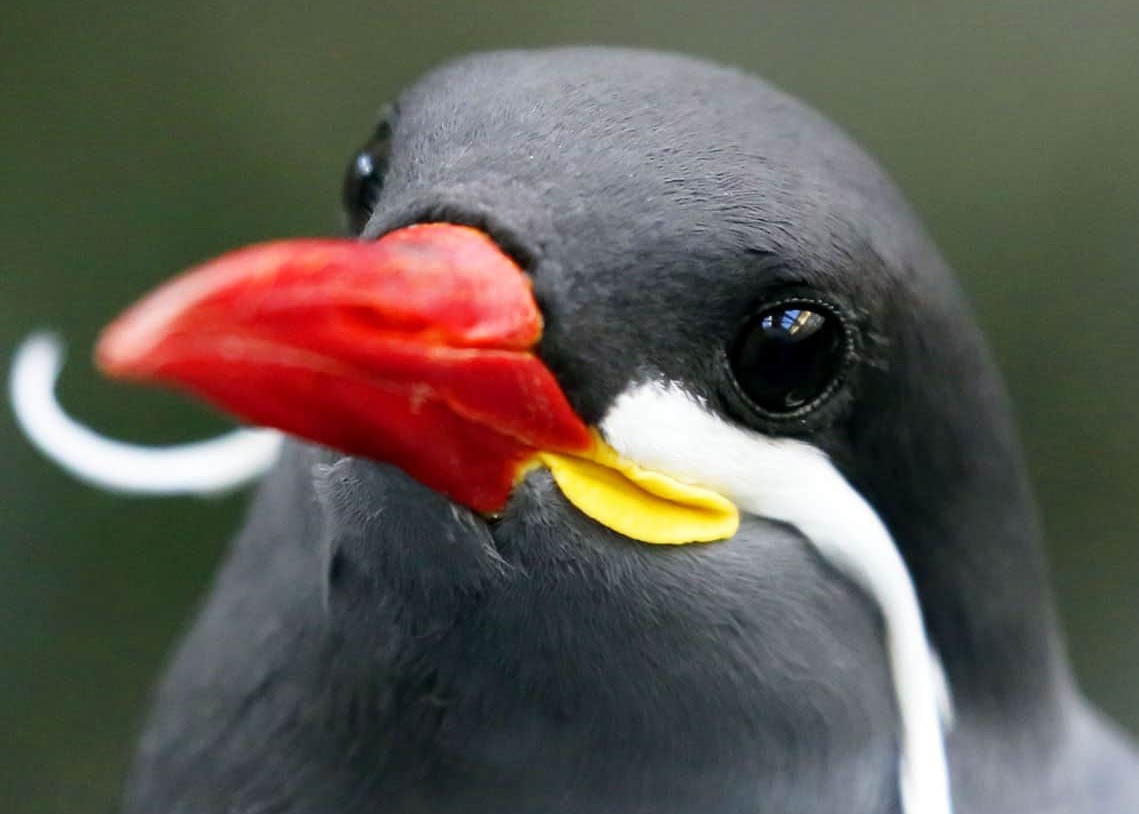Hyper-Adaptivity
Progenic Hyper-Adaptivity
Progenic hyper-adaptivity is a subtype of hyper-adaptivity that only occurs after one or more generations. For example, if a member of a hyper-adaptive species, say harmonid, were to move location and give birth in a completely different environment, the child will appear completely different to the parent and will have adapted to its environment.
Despite being incredibly uncommon for a species to exhibit this behaviour, progenic hyper-adaptivity is much more common than its non-progenic counterpart. Progenic hyper-adaptivity requires the fetus to contain cells that release voicing chemicals, a chemical that is released into the environment and relays information about it to its host. Despite the fetus then containing all of the information about its environment, physical adaptations will sometimes only occur after one or two more generations.
Non-Progenic Hyper-Adaptivity
Non-progenic hyper-adaptivity is a subtype of hyper-adaptivity that takes place in just one individual, over a short or long period of time. For example, if a member of a hyper-adaptive species, say metraphite, were to move location, it would spend roughly two years slowly altering its appearance to best suit its new environment.
This type of hyper-adaptivity is much more rarer than progenic hyper-adaptivity, as it relies on the natural, controlled mutating of cells that occurs at a rapid rate. This phenomena is extremely rare in species, and usually species with this ability will evolve no longer, as it has reached its evolutionary peak and can now adapt to practically any environment imaginable, while maintaining its physical blueprint.











Oooo cool. I like the different types of hyper-adaptivity, especially the progenic type. That's fascinating. :D
Explore Etrea | March of 31 Tales
Thank you! A crucial article that I never really thought to write about until now!